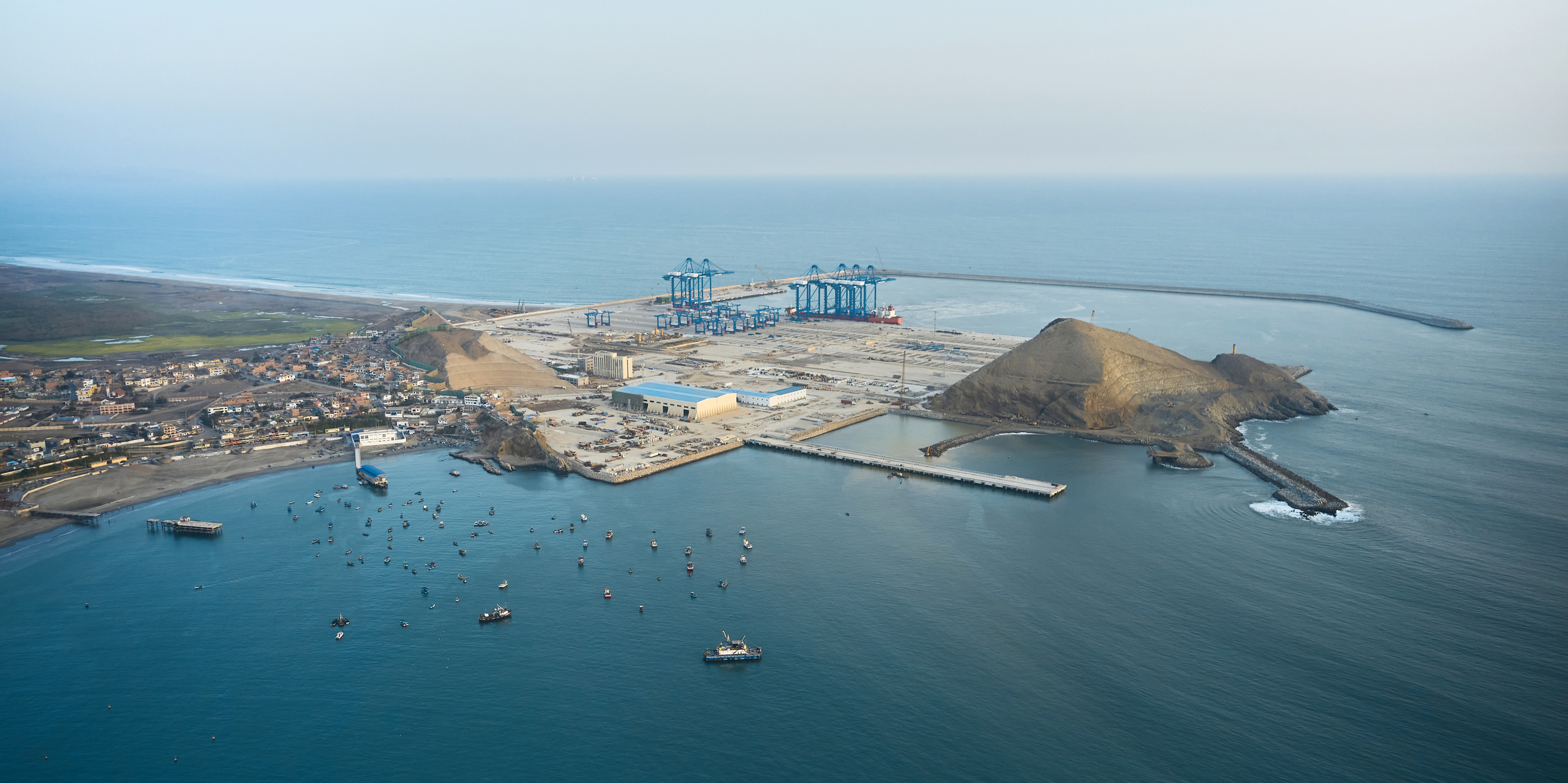Peru: Megaport Chancay could transform Peru into a key trade hub but Chinese ownership raises geopolitical tensions

Event
The first phase of the megaport Chancay will officially be inaugurated next month, with operations expected to start in 2025. Chancay is set to become the largest deep-water port on the western coast of South America, capable of handling the world’s largest vessels. The port is expected to significantly reduce shipping times and costs: cutting 12 days off travel time between Peru and China and 20 days for western Brazil. Additionally, it aims to serve as a regional trade hub along the western coast. Hence, the port has the potential to transform Peru into a key trade hub.
Impact
The opening of the megaport is good news for the unpopular President Boluarte, potentially giving her a (temporary) boost in popularity. The port could also support Peru’s economic growth if it becomes a key logistics hub. Furthermore, it could help diversify the country’s current account revenues away from copper and gold, which currently make up more than half of current account revenues. That being said, exporting lithium – given its large hard-rock reserves – is expected to have a much larger impact, with potential exports starting in 2027 at the earliest.
The port is owned and operated by the Chinese consortium COSCO and will likely increase Peru’s dependence on China, which is already the country’s sole client for copper exports. The port is also creating tensions with the USA as it is a key part of China’s Belt and Road Initiative aiming to control trade linkages with South America. There are concerns that if military tensions between China and Taiwan escalate, the port could serve as a Chinese military foothold in South America. Given the increasing geopolitical tensions between China and the USA, the next US administration (regardless of who wins the election) will closely monitor the megaport and other Chinese investments in the region. Furthermore, there are environmental concerns if the port would lead to building infrastructure in the Amazon, which could also increase tensions domestically and internationally.
Peru’s short-term political risk (category 1/7) is stable amid relatively low short-term external debt, favourable conditions on the financial markets, a strong buffer of foreign exchange reserves (around 10 months of import cover in July 2024) and historically elevated copper prices, which support the country’s liquidity. The MLT political risk (category 3/7) has a negative outlook amid deteriorating institutional indicators.
Analyst: Jolyn Debuysscher – J.Debuysscher@credendo.com